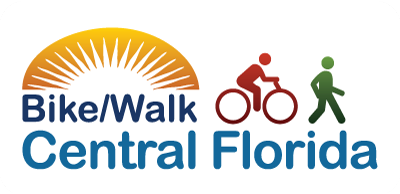It’s the dream of many bicyclists to have a calm, car-free weekend ride or commute to work each morning. To be rid of the stress of speeding drivers, chaos at traffic lights and narrow shoulders. Though, this biker’s fantasy may be getting closer to reality with the addition of protected bike lanes.
Also known as cycle tracks, these bike lanes are completed separated from the road, either by a row of plastic posts, a grass median or a divider of parking spaces.
And even better, protected bike lanes aren’t just good for cyclists – they can make entire streets safer.
According to a 13-year study by the University of Colorado Denver and the University of New Mexico, cities with protected or separated bike lanes had 44 percent fewer deaths than a city without.
The research team studied 17,000 fatalities and 77,000 severe injuries in 12 major U.S. cities. All experienced a connection between more cyclists and fewer incidents on the roads. But, it wasn’t ‘safety in numbers’ (more bikers) that was keeping road users safer – it was the bicycle-friendly infrastructure.
In Portland, bike commuters increased from 1.2 to 7 percent between 1990 and 2015, with fatality rates falling 75 percent at the same time. Similar effects took place in Seattle, San Francisco, Denver and Chicago as protected and separated bike lanes were added as part of Vision Zero plans.
While larger amounts of bike riders on the roads didn’t necessarily make drivers more careful, the protected bike lanes that attracted those cyclists did.
In fact, more bicyclists in unprotected bike lanes actually made cities more dangerous – riders on unmarked parts of the road were more likely to get hit with opening car doors or by inattentive drivers.
“Protected separated bike facilities was one of our biggest factors associated with lower fatalities and lower injuries for all road users,” study co-author Wesley Marshall of the University of Colorado Denver told Streetsblog. “If you’re going out of your way to make your city safe for a broader range of cyclists … we’re finding that it ends up being a safer city for everyone.”
Currently, you can find cycle tracks in Orlando at Cady Way, and plans are in the works to add them to Corrine Drive and Robinson Street. While we would love to see more added in the future, make sure you keep up to date on how to stay safe while cycling on our current roads. If you choose to ride on the sidewalk, take a look at Bike/Walk Central Florida’s Sidewalk Cycling Tip Sheet. Or, if you plan to skip the streets all together, plan a bike ride on one (or many) of Central Florida’s bike trails.

